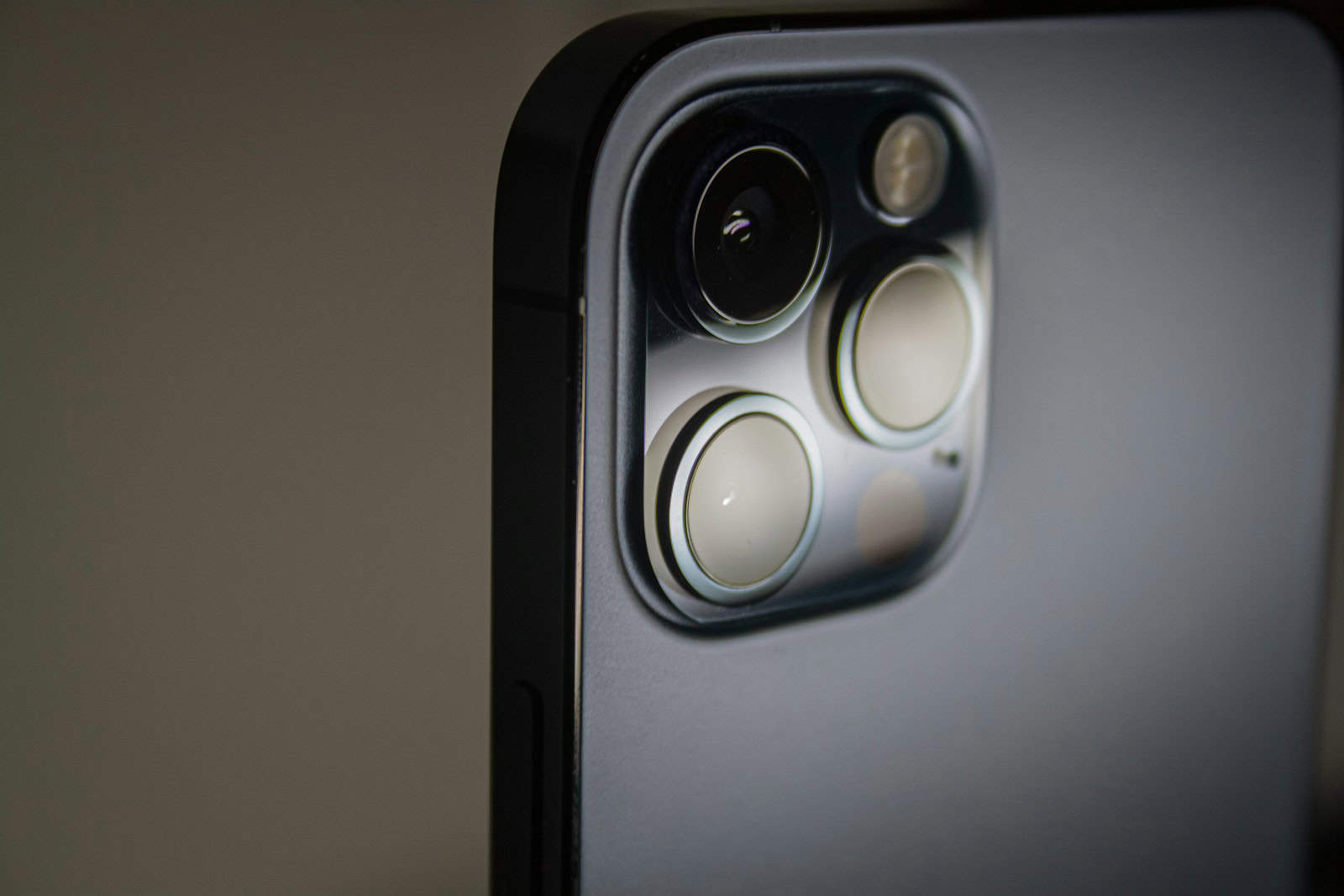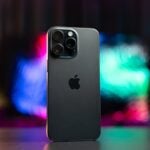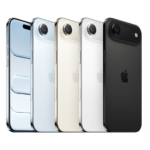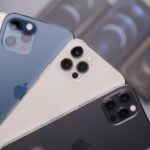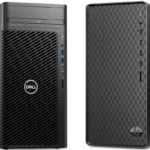LiDAR technology is changing smartphone photography. This laser-based system measures distance and depth, giving phones new abilities. LiDAR helps phones take better photos in low light and create more accurate 3D scans.
Apple’s iPhone 12 Pro, 13 Pro, 14 Pro, 15 Pro, and 16 Pro use LiDAR to improve focus and exposure in dark settings. The sensor works with the camera to capture sharper images and separate subjects from backgrounds. This leads to clearer portrait photos and better night shots.
LiDAR also opens up new options for augmented reality (AR) on phones. It can map rooms and objects quickly, letting AR apps place virtual items in real spaces more accurately. This blend of real and digital worlds creates fun and useful experiences for users.
Depth Sensing Technology and Your Phone’s Camera
LiDAR, which stands for “Light Detection and Ranging,” is a sophisticated technology that’s finding its way into more and more smartphones. But what exactly is LiDAR, and how does it improve your photos? Essentially, LiDAR acts like a radar but uses light instead of radio waves. It emits pulsed laser beams and measures how long they take to bounce back. This creates a detailed 3D map of the surroundings.
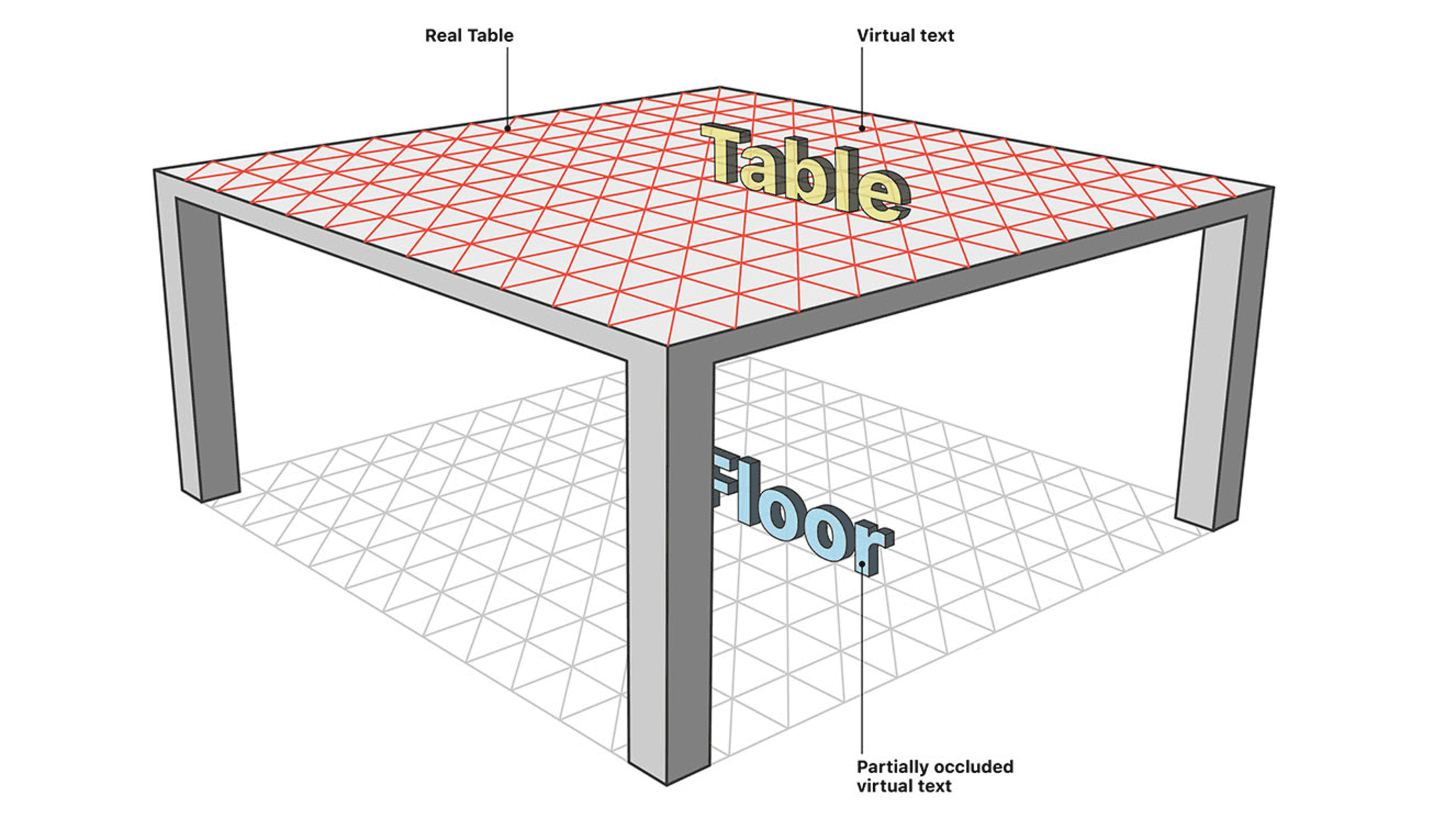
How LiDAR Enhances Photography
LiDAR brings some significant improvements to smartphone photography:
- Better Focus in Low Light: Ever struggled to get your camera to focus in a dim room? LiDAR helps your camera find its focus quickly and accurately, even in challenging low-light conditions.
- Amazing Portraits: LiDAR takes portrait mode to the next level. It creates a precise separation between your subject and the background. This results in more natural-looking blurred backgrounds and better edge detection, even around tricky areas like hair.
- Sharper Night Mode Shots: LiDAR helps your camera “see” better in the dark. It provides depth information that allows for better exposure and less noise in night mode photos.
- Augmented Reality Magic: LiDAR makes augmented reality (AR) experiences more realistic and interactive. AR apps can use the depth information to seamlessly blend virtual objects with the real world.
Beyond Photography: LiDAR’s Other Uses
LiDAR isn’t just for taking pictures. It has other cool applications on your phone:
- 3D Scanning: You can use LiDAR to create 3D models of objects and spaces. This has applications in design, architecture, and even healthcare.
- Accurate Measurements: Need to measure a room quickly? LiDAR can help you do that with impressive accuracy.
LiDAR vs. Other Depth-Sensing Technologies
Smartphones have used other depth-sensing technologies before LiDAR. So, how does it compare?
| Technology | How it Works | Strengths | Weaknesses |
|---|---|---|---|
| Dual Cameras | Uses two lenses to capture slightly different images and calculate depth. | More affordable, widely available. | Less accurate, struggles in low light. |
| Time-of-Flight (ToF) | Measures the time it takes for infrared light to bounce back from objects. | Decent accuracy, works in low light. | Lower resolution depth maps than LiDAR. |
| LiDAR | Uses pulsed laser beams to create a detailed 3D map. | Highly accurate, works well in various lighting conditions. | More expensive, currently found in higher-end phones. |
LiDAR represents a significant advancement in depth sensing. It offers greater accuracy and detail, opening up new possibilities for photography and other mobile experiences.
Which Smartphones Use LiDAR Technology
While LiDAR technology in smartphones is still relatively new, it’s gaining traction. Here’s a breakdown of the phones that currently offer LiDAR:
Apple iPhones:
- iPhone 12 Pro and iPhone 12 Pro Max
- iPhone 13 Pro and iPhone 13 Pro Max
- iPhone 14 Pro and iPhone 14 Pro Max
- iPhone 15 Pro and iPhone 15 Pro Max
- iPhone 16 Pro and iPhone 16 Pro Max
Apple iPads:
- iPad Pro 11-inch (3rd generation and later)
- iPad Pro 12.9-inch (5th generation and later)
It’s worth noting that while some Android phones previously included Time-of-Flight (ToF) sensors for depth sensing, they haven’t widely adopted LiDAR in the same way Apple has. However, this could change as LiDAR technology becomes more affordable and its applications expand.
Here’s a quick table summarizing the devices:
| Device | LiDAR |
|---|---|
| iPhone 12 Pro/Pro Max | Yes |
| iPhone 13 Pro/Pro Max | Yes |
| iPhone 14 Pro/Pro Max | Yes |
| iPhone 15 Pro/Pro Max | Yes |
| iPhone 16 Pro/Pro Max | Yes |
| iPad Pro (recent models) | Yes |
| Most Android Phones | No |
Key Takeaways
- LiDAR enhances smartphone photos, especially in low light
- The technology improves focus, depth perception, and AR capabilities
- LiDAR is currently found in high-end smartphones like the iPhone Pro models
Understanding Lidar Technology
Lidar technology uses laser light to measure distances and create detailed 3D maps. It has become a key feature in modern smartphones, improving camera capabilities and enabling new augmented reality experiences.
Fundamentals of Lidar
Lidar stands for Light Detection and Ranging. It works by sending out laser pulses and measuring how long they take to bounce back. This lets it figure out how far away things are. Lidar sensors can send out millions of laser pulses per second.
The laser light used is safe for eyes and skin. It’s usually invisible infrared light. Lidar can work in the dark and see through some materials like thin fabric.
Lidar creates a “point cloud” – a 3D map made of millions of measured points. This map is very precise and can show small details.
Lidar in Smart Devices
Apple added Lidar to some iPhones and iPads in 2020. The iPhone 12 Pro, iPhone 12 Pro Max, and iPad Pro 2020 were the first to get Lidar sensors.
In phones, Lidar helps with:
- Better autofocus in low light
- Improved portrait mode photos
- More realistic augmented reality (AR)
Lidar lets AR apps place virtual objects in the real world more accurately. It helps them understand the size and shape of rooms and objects.
Some Android phones use similar tech called Time-of-Flight sensors. Samsung’s Galaxy S20 had this type of sensor.
Advancements in Lidar Sensors
Lidar sensors for phones are getting smaller and cheaper. New designs use solid-state parts with no moving pieces. This makes them more durable.
CMOS sensors, like those in regular cameras, are being used to make low-cost Lidar. These can be mass-produced easily.
Apple’s Lidar Scanner uses a new design with hundreds of tiny lasers on a chip. This lets it be small enough to fit in a phone.
Lidar is getting more accurate too. It can now measure distances to within millimeters. This helps create very detailed 3D scans of objects and rooms.
Photography and Videography Enhancement
LiDAR in smartphones brings new capabilities to photography and video recording. It improves focus, depth sensing, and enables more realistic augmented reality experiences.
Depth and Dimension in Photography
LiDAR helps smartphone cameras capture better depth information. This leads to improved portrait mode photos with more accurate subject separation from the background. The depth data allows for more natural-looking blur effects in portrait shots.
LiDAR also enhances autofocus, especially in low light. Cameras can focus faster and more accurately on subjects. This is helpful for action shots and moving objects.
3D modeling benefits from LiDAR too. The sensor captures precise depth maps of scenes and objects. Users can create detailed 3D models directly on their phones. This opens up new creative possibilities for both casual and professional photographers.
Augmented Reality and Videography
LiDAR boosts augmented reality (AR) experiences in video apps. The depth sensing allows virtual objects to interact more realistically with the real world. AR elements can hide behind real objects, creating better occlusion effects.
For videographers, LiDAR improves stabilization and tracking. Cameras can better understand scene geometry, leading to smoother motion in videos. This is useful for action shots and walking videos.
AR filters and effects in video apps also become more advanced. Virtual masks and props fit faces more accurately. Animated characters can move around real spaces more naturally in AR videos.
Practical Applications of Smartphone Lidar
Smartphone lidar technology has opened up new possibilities for users. This advanced feature enables precise measurements, immersive experiences, and innovative applications across various fields.
Measurement and Mapping
Lidar-equipped smartphones can create detailed 3D maps of spaces. Users can measure distances, room dimensions, and object sizes with high accuracy. This is useful for home improvement projects, furniture shopping, and interior design.
Apps use lidar to generate point clouds – collections of data points in 3D space. These point clouds help create realistic 3D models of rooms, buildings, and outdoor areas. Architects and engineers use this for quick site surveys and preliminary designs.
Lidar assists in topographic surveying, allowing users to map terrain features. This aids in landscaping, construction planning, and even studying coastal cliff erosion over time.
Interactive and Immersive Experiences
Augmented reality (AR) apps benefit greatly from lidar. The technology helps place virtual objects more accurately in real-world environments. This improves games, educational tools, and visualization apps.
Lidar enhances Face ID systems, making them faster and more secure. It can detect facial features in low light, improving user experience.
Virtual reality (VR) applications use lidar to map rooms, allowing users to move safely while immersed in virtual worlds. This creates more engaging and interactive VR experiences.
Emerging Trends in Lidar Applications
Smartphone lidar is finding new uses in scientific fields. Researchers use it for quick 3D scans of artifacts, geological features, and even small animals.
In construction, lidar-equipped phones help with site inspections and progress tracking. Workers can compare actual builds to digital plans in real-time.
Robotics enthusiasts are using smartphone lidar to create navigation systems for small robotic vehicles. This allows for low-cost experimentation with autonomous navigation.
Photography apps are starting to use lidar for improved depth effects and better low-light performance. This leads to more professional-looking photos from smartphones.
What Role Does Lidar Play In Smartphone Photography
LiDAR, which stands for “Light Detection and Ranging,” is a depth-sensing technology that’s made its way into some high-end smartphones. It works by emitting invisible laser beams and measuring how long they take to bounce back, creating a precise 3D map of the surrounding environment. This depth information enhances smartphone photography in several key ways:
1. Improved Autofocus, Especially in Low Light
LiDAR helps cameras focus faster and more accurately, even in challenging low-light conditions. This is because it can quickly determine the exact distance to the subject, allowing the camera to adjust the lens accordingly. This results in sharper images with less blur, especially when capturing moving subjects or shooting in dimly lit scenes.
2. Enhanced Portrait Mode and Bokeh Effects
LiDAR enables more realistic and accurate depth maps, which are crucial for portrait mode. By precisely separating the subject from the background, it allows for more natural-looking bokeh (background blur) and more precise edge detection around the subject, even with complex shapes like hair.
3. Night Mode Photography
LiDAR assists in night mode photography by providing detailed depth information to the camera. This helps the camera better understand the scene and optimize exposure, resulting in brighter, clearer images with less noise in low-light environments.
4. Augmented Reality (AR) Applications
LiDAR’s ability to create detailed 3D maps of the environment opens up a world of possibilities for AR applications. It allows for more realistic and interactive AR experiences, with virtual objects seamlessly integrated into the real world. This can be used for gaming, virtual furniture placement, and other creative applications.
5. 3D Scanning and Measurement
With LiDAR, your smartphone can be used as a 3D scanner to capture detailed models of objects and spaces. This has applications in various fields, including architecture, design, and even healthcare. You can also use it to measure distances and dimensions of objects with greater accuracy.
Here’s a table summarizing the key benefits of LiDAR in smartphone photography:
| Benefit | Description |
|---|---|
| Improved Autofocus | Faster and more accurate focusing, especially in low light |
| Enhanced Portrait Mode | More realistic bokeh and edge detection |
| Night Mode Photography | Brighter and clearer images in low-light conditions |
| Augmented Reality (AR) | More realistic and interactive AR experiences |
| 3D Scanning and Measurement | Capture 3D models and accurately measure distances |
While LiDAR is still a relatively new technology in smartphones, it’s clear that it has the potential to significantly enhance photography and other mobile experiences. As the technology continues to develop and become more widely available, we can expect to see even more innovative applications in the future.

